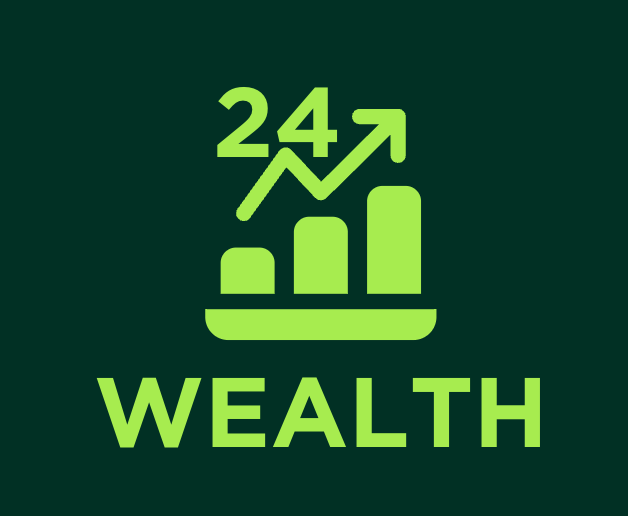1. Understanding Interest Rates

Interest rates are like the price tag on borrowed money. When you take out a loan, the interest rate determines how much extra you’ll pay for the privilege of using someone else’s money. Think of it like renting a car; the longer you have it, the more you pay. Central banks, such as the Federal Reserve in the U.S., adjust these rates to control economic growth and inflation. When they decide to increase interest rates, borrowing becomes more expensive. This can lead to higher monthly payments on loans and credit cards, significantly impacting household budgets as families juggle these higher costs with everyday expenses.
2. The Current State of Interest Rates

Fast forward to late 2023, and interest rates are climbing a steep hill. The Federal Reserve has upped the rates several times to cool down inflation, pushing the federal funds rate to about 5.25% to 5.50%. This hike isn’t something seen in over a decade and affects various kinds of loans. Mortgages, auto loans, and personal loans have all become pricier for households. This change means families are now paying more for the same amount of borrowed money, which can strain even the most carefully planned budgets.
3. Impact on Mortgage Payments

Mortgages often feel the pinch of rising interest rates first. To put it simply, a 1% increase in interest rates can add hundreds of dollars to monthly mortgage payments for new homebuyers. Recent statistics show that the average mortgage rate for a 30-year fixed loan has climbed past 7%. This spike has resulted in a noticeable slowdown in home sales, making it harder for many families to afford homeownership. The dream of owning a home is becoming more elusive as potential buyers face these steeper financial hurdles.
4. Credit Card Debt and Interest Rates

Credit card debt is another area where rising interest rates leave their mark. As rates climb, so do the interest charges on outstanding balances. Currently, the average credit card interest rate hovers around 20%. This steep rate can trap households in a cycle of debt, especially those relying on credit for daily expenses. Coupled with inflation, which is already stretching household finances, the situation becomes even more challenging. Families find themselves paying more interest, which leaves less money for other necessities.
5. The Burden of Student Loans

Student loans are not immune to the pressure of rising interest rates. While many federal student loans come with fixed rates, private loans often have variable rates that can increase with market changes. In 2023, the average interest rate for new federal student loans is around 5.5%, but private loans can soar past 10%. This increase poses a challenge for graduates entering the workforce, as they face higher repayment costs. The burden of student debt can delay major life milestones, like buying a home or starting a family.
6. Auto Loans and Rising Costs

Auto loans are also feeling the squeeze from rising interest rates. On average, the interest rate for a new car loan has climbed to approximately 6.5%. This hike makes monthly payments heftier for consumers. As a result, buyers may choose longer loan terms or opt for less expensive vehicles to fit their budgets. The higher costs associated with car loans mean families have to be more strategic about their vehicle purchases, balancing their needs against their financial realities.
7. Household Debt Levels

The climb in interest rates is mirrored by a rise in household debt levels. As reported by the Federal Reserve, total household debt reached a staggering $17 trillion in 2023. This figure includes mortgages, credit cards, auto loans, and student loans. For many families, these rising debt levels can create financial strain, particularly for lower-income households that may struggle to keep pace with higher payments. The mounting debt underscores the importance of careful financial management in today’s economic climate.
8. The Impact on Savings and Investments

Higher interest rates not only affect borrowing but also influence consumer behavior regarding savings and investments. As borrowing costs rise, many households may prioritize debt repayment over saving or investing. This shift can have long-term implications for financial stability and wealth accumulation. Missing out on opportunities to grow savings or invest in retirement accounts can set back financial goals. It highlights the delicate balance households must maintain between managing debt and securing their financial future.
9. Strategies for Managing Debt

Faced with rising interest rates, households can adopt several strategies to manage their debt effectively. Refinancing high-interest loans and consolidating debt can reduce monthly payments. Creating a budget that prioritizes essential expenses is crucial in navigating higher costs. Additionally, building an emergency fund provides a financial cushion during uncertain times, helping families withstand economic pressures. These proactive steps can empower households to maintain financial health despite the challenges posed by rising rates.
10. Looking Ahead: Future Trends

As we peer into the future, the path of interest rates will continue to shape household debt dynamics. Economists suggest that rates might stabilize or even decrease in the coming years, depending on inflation trends and economic recovery. However, households must remain vigilant, as the current environment underscores the importance of financial literacy and proactive debt management. Staying informed and adaptable can help families navigate the evolving economic landscape, ensuring they make sound financial decisions moving forward.



